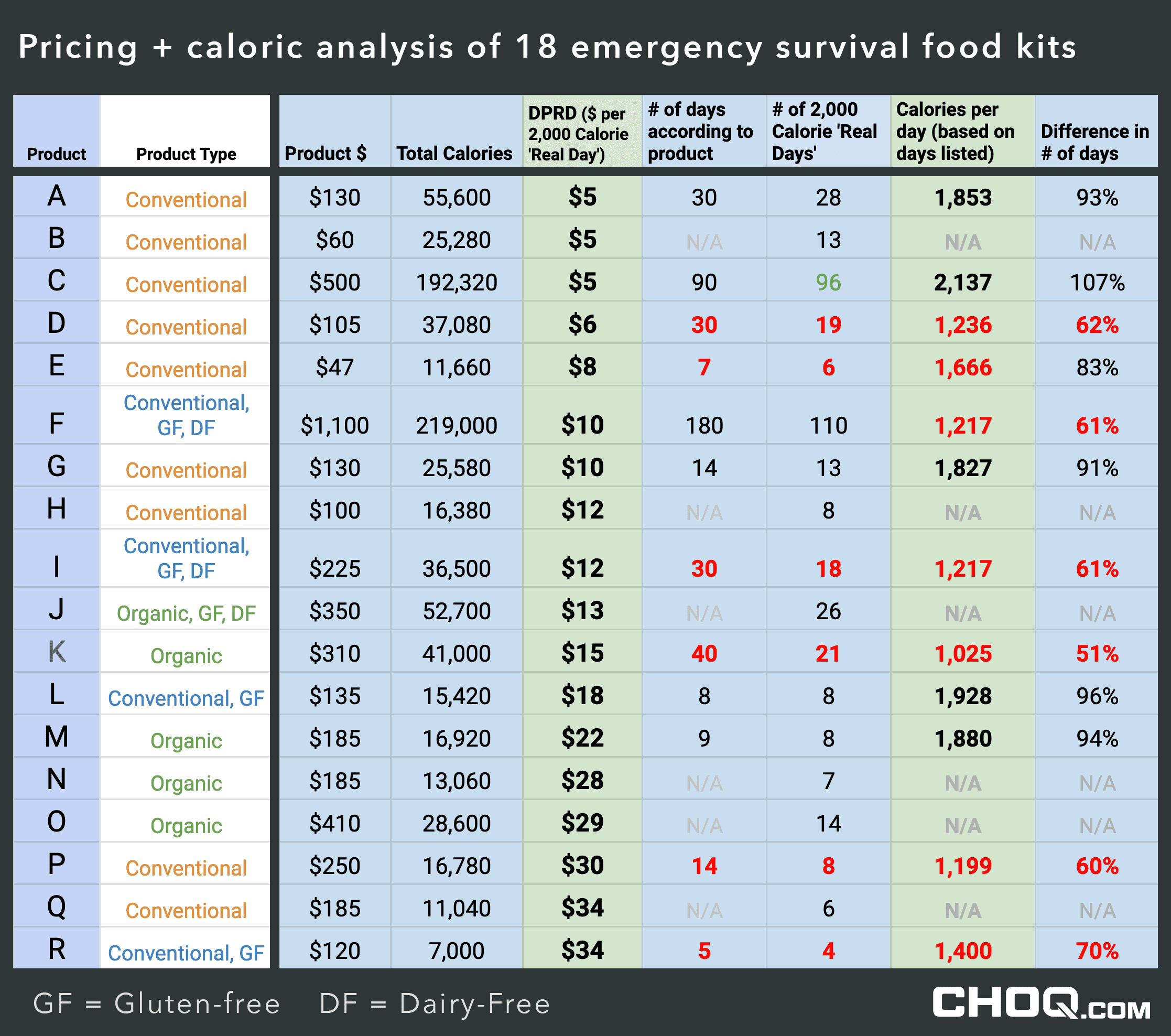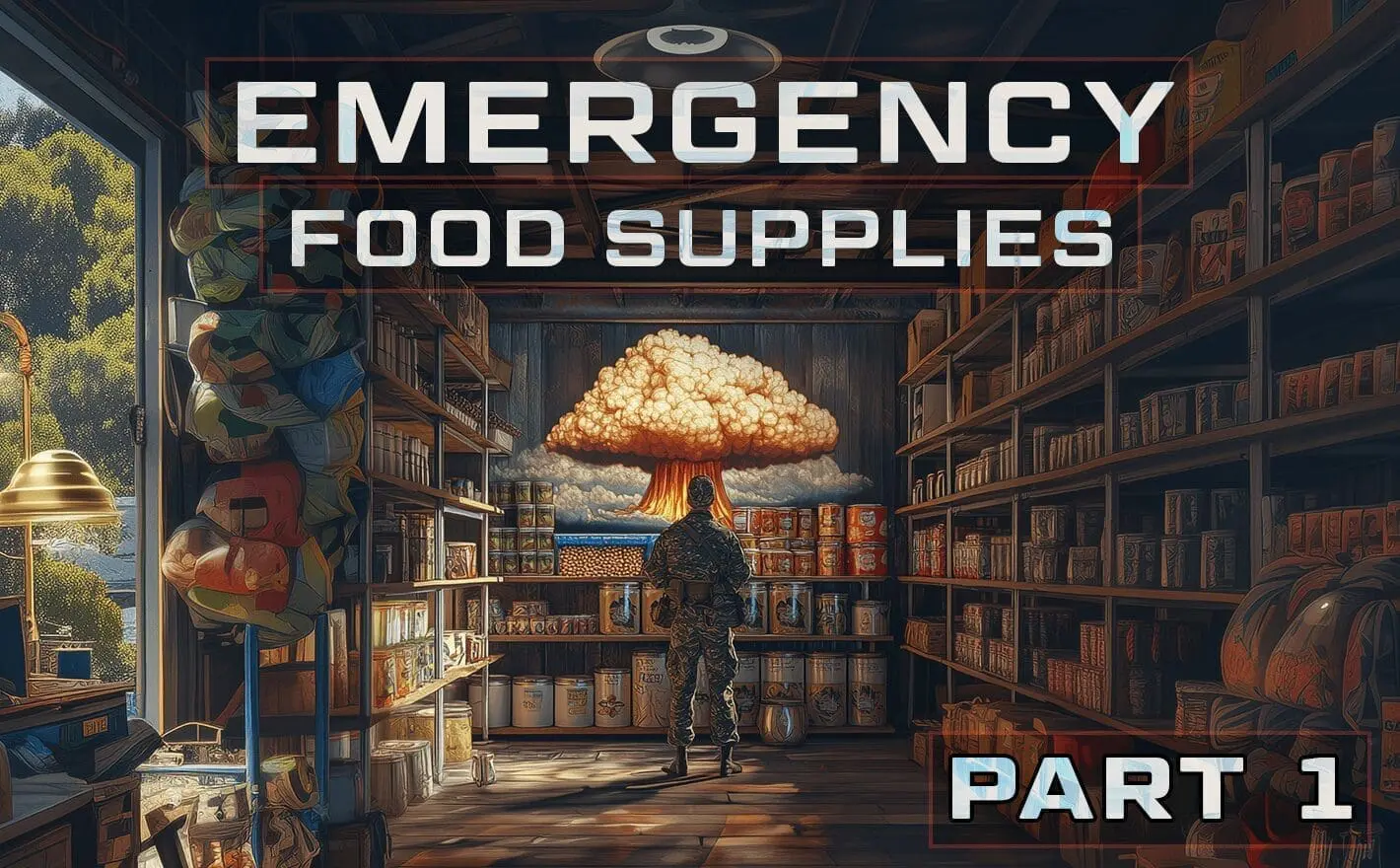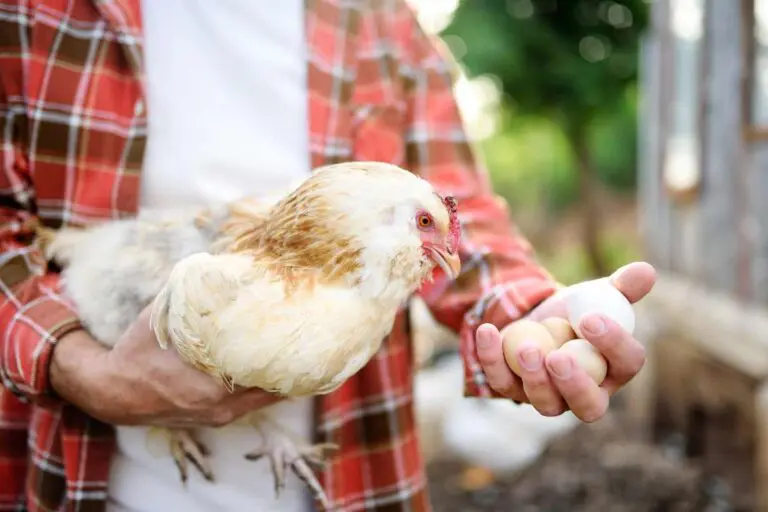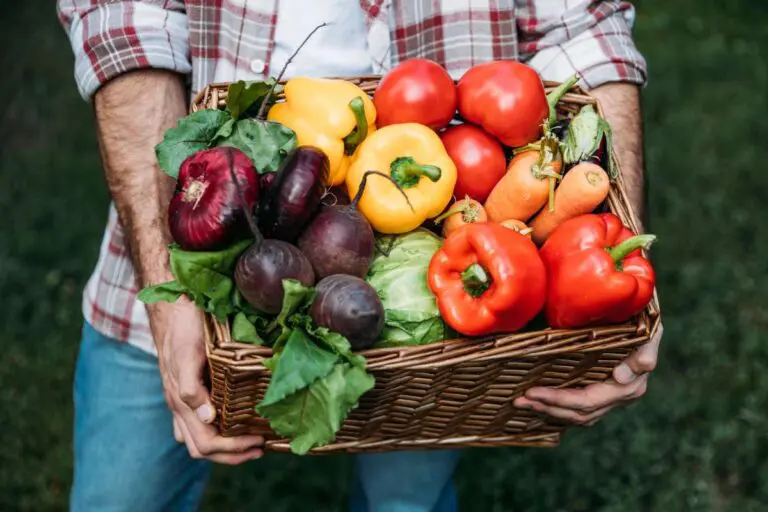As the world seems to grow more chaotic by the day, more people are hoping for the best but preparing for the worst.
There’s no need for us to delineate all the possible events that would have you wishing you’d invested in a hunger insurance policy before it was too late. If you’re reading this article, then the odds are that you’re already well aware of these scenarios. Thus, we’re just going focus on the practical.
In this two-part series, we’ll give you the tools you need to shop intelligently and answer the most common questions about food preparedness, such as:
- Are emergency food kits worth the money, and how do I find the best ones?
- How can I determine the true value of what I’m buying?
- And what about artificial ingredients, organic vs conventional, and dairy or gluten-free survival food?
To address these and other essential questions in a truly rigorous way, we did what we always do at CHOQ: performed dozens of hours of research, built out a spreadsheet, and then embarked upon a deep analysis.
If you’re looking for straightforward answers that will empower you to buy the highest quality emergency food and save you a lot of money and hassle, then these two articles are for you.
Be sure to also check out Part 2, where we share a list of junk-free foods that will get you almost 6 weeks of food for under $150 (plus plenty of more helpful tips).
Table of Contents
Scenario: how a ripoff can turn dangerous
Let’s say you have a family of 6 and purchase a 40-day emergency food kit so you’ll each have about a week of food in case of a disaster. Then, one day, calamity strikes for real and–for whatever reason–you have to shelter in place for an indeterminate period of time.
After just a couple days, your face turns pale when you realize the bucket’s half empty. How could this happen? Perhaps your four teenagers–who all play sports and often eat far more than 2,000 calories per day–are to blame.
Your heart pounds as you consider the consequences.
Frustrated and with nothing else to do, you bust out the calculator app on your phone, total up the calories from the label on the back of the bucket, then divide by 40 to get the number of calories per day.
“No, that can’t be right! That’s barely a thousand calories a day!” you shout, clenching your fist in anger as you realize you’ve been ripped off. Last time you checked, most people need double that amount.
While this is a made-up scenario, the ‘40-day’ emergency food supply it’s based on and the pitiful number of calories it contains is real.
As we’ll see in the next section, some companies really are so irresponsible that they only give you half the daily calories they should.
How much money you’re paying for a full day of 2,000 calories is what really matters when you’re buying emergency food supplies. How many ‘days’ a kit claims to provide is often meaningless.
Dollars Per Real Day (DPRD): the most important metric for smart shopping
If you want to understand the real value of what you’re buying, then you’ve got to tune out all the noise. Disregard how many days the product promises to give you unless they tell you how many total calories are in that bucket.
All too often, companies purposely make it hard for you to know what’s really in their product so you can’t tell you’re getting a bad deal. In the realm of supplements, they often do this by using proprietary blends, which we think should be illegal (see this article to learn more about this deceptive tactic).
In order to help you shop intelligently for survival food, we coined the following original terms:
- Real Day – 2,000 calories worth of food (the average amount recommended for adults)
- Dollars Per Real Day (DPRD) – how much one Real Day costs you (the cost of 2,000 calories of a certain product)
Emergency food supply kits vs. buying single items
FEMA recommends that you have at least two weeks of non-perishable food on hand for each person in your household. Many of these kits provide 30 days, so according to them, that’s a good minimum for you and one other person. Folks like preppers, of course, prefer to stockpile many times that amount, but at least 2-4 weeks per person is a good start.
These emergency food kits are extremely convenient. Not only do they usually contain pre-cooked meals, but usually come with a 15-25 year shelf life. But are they really worth what they’re charging?
Many of these products are charging you a fortune if you run the numbers to find the DPRD.
We analyzed almost 20 different products and were disappointed to find that most of them don’t disclose the total number of calories they provide. That made our job infinitely harder. Again, that’s kind of the point. As we illustrated in the previous section, many companies seem to do this on purpose.
Avoid getting ripped off by only buying products that tell you exactly how many calories you’re getting. If they’re not disclosing that, it may mean they don’t want you to know.
After we figured out how many calories each product had by totaling everything up, we determined:
- The DPRD (Dollars Per Real Day)
- How many days it actually provides based on Real Days
- How many calories per day you’d get based on the number of days the kit claims to have (which is often way less than 2,000)
- And the difference between number of days claimed and the number of Real Days
Breaking down the data and drawing conclusions
Below is a breakdown of 18 different survival food kits, sorted from least to most expensive in terms of dollars per 2,000 calories.
The two most important columns are in green: dollars per 2,000 calorie day and calories per day based on how many days the product claims.

[Note that the product that inspired the hypothetical situation in the previous section is Product K]
The DPRD varied widely, with Product Q charging a whopping $34 per real day for a conventional product! We found that the average difference between # of days stated and real days was about 23% (meaning 23% fewer calories per day).
If you look at the the numbers in red in the column on the far right, though, you’ll find that several products give you about 40-50% fewer calories per day than they should.
Here’s a summary of our other insights:
- A third of products didn’t list the number of days (the ones with ‘N/A’)
- Among the two-thirds of products that did, 5 of them provided less than 1,300 calories per day
- Less than half (5/12) of these provided more than 1,800 calories per day
- Organic, gluten-free, and dairy-free survival food kits were generally pricier, but there were a few exceptions (both P & Q)
By contrast, the list of emergency foods we put together in Part 2 costs less than 4 DPRD.
Nasty ingredients in many emergency food kits
Again, the main advantages to these products are the shelf life and the fact that they often give you fully prepared meals. That’s not only convenient, but also saves water and cooking fuel.
Those are indeed real benefits, but the tradeoffs are significant. In addition to often being several times more expensive than buying single items, many contain a host of problematic ingredients.
Here are some of the unsavory ingredients that we came across in these prepper food kits:
- BHA (Butylated Hydroxyanisole)
- Polysorbate 80
- Tetrasodium pyrophosphate
- Sodium aluminosilicate / hexametaphosphate
- Artificial flavors
- GMO corn / corn syrup
- GMO soybean oil
- Canola oil
(Also consider the high concentrations of pesticides that the conventional kits likely contain)
Of course, not all of these survival buckets are ripoffs with low-quality ingredients, but you do really need to scrutinize the labels and do some math if you want to find the cleanest, highest-value ones.
“But it’s an emergency, so who cares about quality?” some will say. Fair enough. But if you eat really clean food 90% of the time, then suddenly consume nothing but chemical-laden junk for multiple weeks, you’re probably going to feel terrible and lose the edge you might desperately need in an emergency scenario.
Don’t make these rookie mistakes
Perhaps the single biggest mistake many people make is thinking they only need enough calories to stay alive, but consider how poorly you’ll function after several days on only a few hundred calories. When was the last time you tried to go for multiple days with intense caloric restriction?
Most of us don’t have military training. We’re used to eating as much as we want. Consider how caloric restriction immediately results in the elevation of stress hormones (adrenaline and cortisol are the signals the human body uses to bring blood sugar back up by increasing gluconeogenesis).
Stress hormones can do a lot more than just make you ‘hangry’. They tend to impair your cognitive abilities and make you more prone to thinking irrationally. After a while, caloric restriction will also force your body to cannabalize the amino acids from your muscles in order to convert them into glucose, making you weaker.
Caloric restriction is the last thing you want happening in an emergency situation. It’s no exaggeration to say that that being that out of sorts while trying to evacuate or protect your family can literally be deadly.
Another common mistake that we’ll discuss in the next article is that many people think all they need is just a couple food items in large amounts (like only beans and rice). That may be fine for a couple days, but if you’re talking about weeks, then that’s a bigger problem than you might realize.
Use your imagination for a moment and consider the many stressors that might face you in different disaster situations. Do you really want to obliterate you and your family’s morale by making them eat nothing but rice and beans for multiple weeks?
There’s no reason whatsoever to limit yourself that much when you’re buying single items. A little popcorn, hot cocoa, and maybe even some (healthy-ish) candy for the kids goes a long way.
Lastly, consider the importance of adding trace minerals to your survival stash. If you need to go for longer periods without a lot of fruits or vegetables, or eating conventional food grown in mineral-depleted soils, they’re a great addition to your nutritional survival regimen.
Sourced from the mountains of Utah, CHOQ Minerals contains plant-derived trace minerals and over 600 mg of the potent antioxidant known as fulvic acid per serving. Not only does fulvic acid support the absorption of minerals, but it also helps promote healthy digestion and detoxification: two things you want in any emergency situation.
As CHOQ’s quality standards are among the highest anywhere in the supplement industry, CHOQ Minerals is derived using a chemical-free extraction process that uses nothing but water. It’s also standardized to contain at least 63% fulvic acid, ensuring potency from batch to batch. Click here to learn more about the benefits of trace minerals and fulvic acid.
Lastly, we’d like to point out that we certainly won’t fault anyone for buying a pre-made emergency food kit instead of stocking up on single items. We also hope that that smart shopping guide will help you pick the best one should you decide to go that route.






